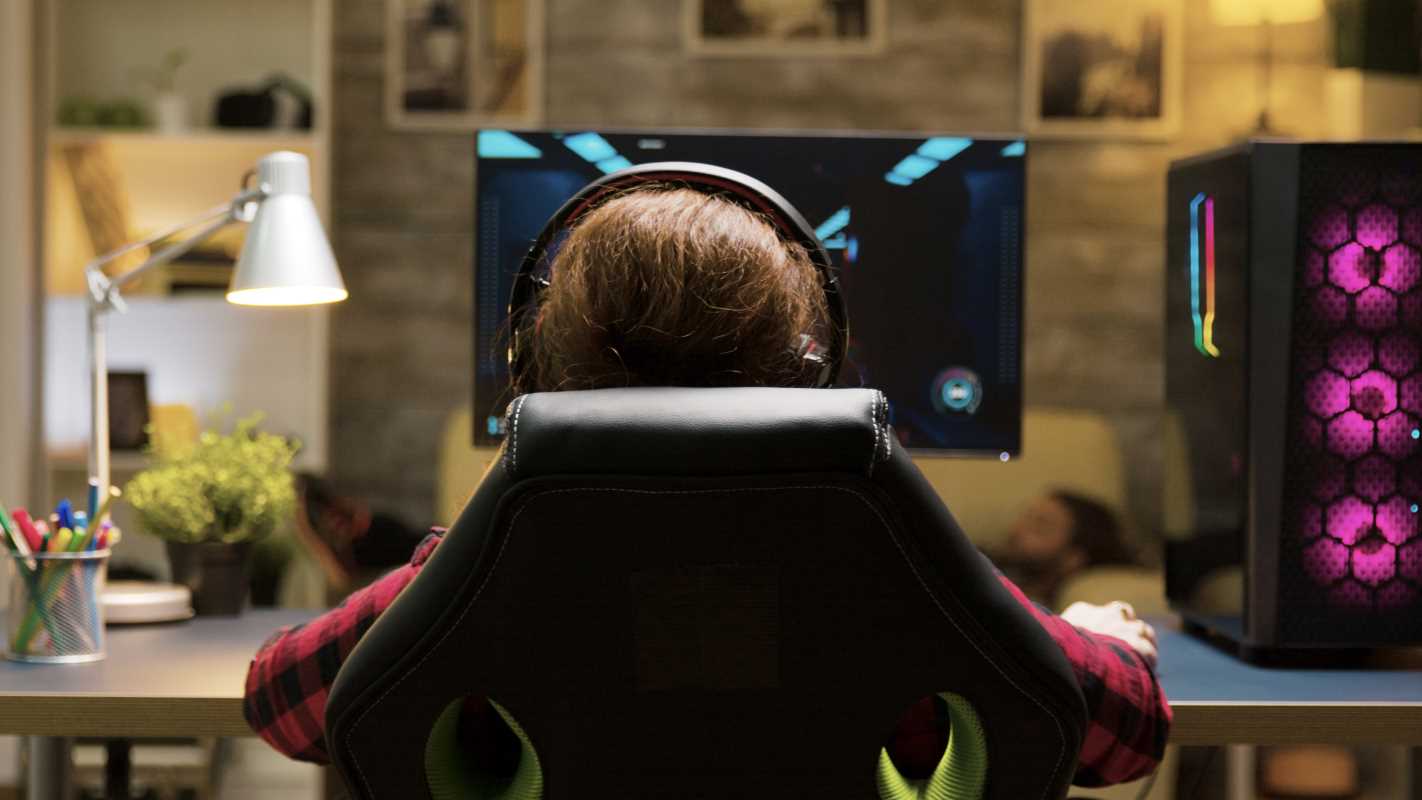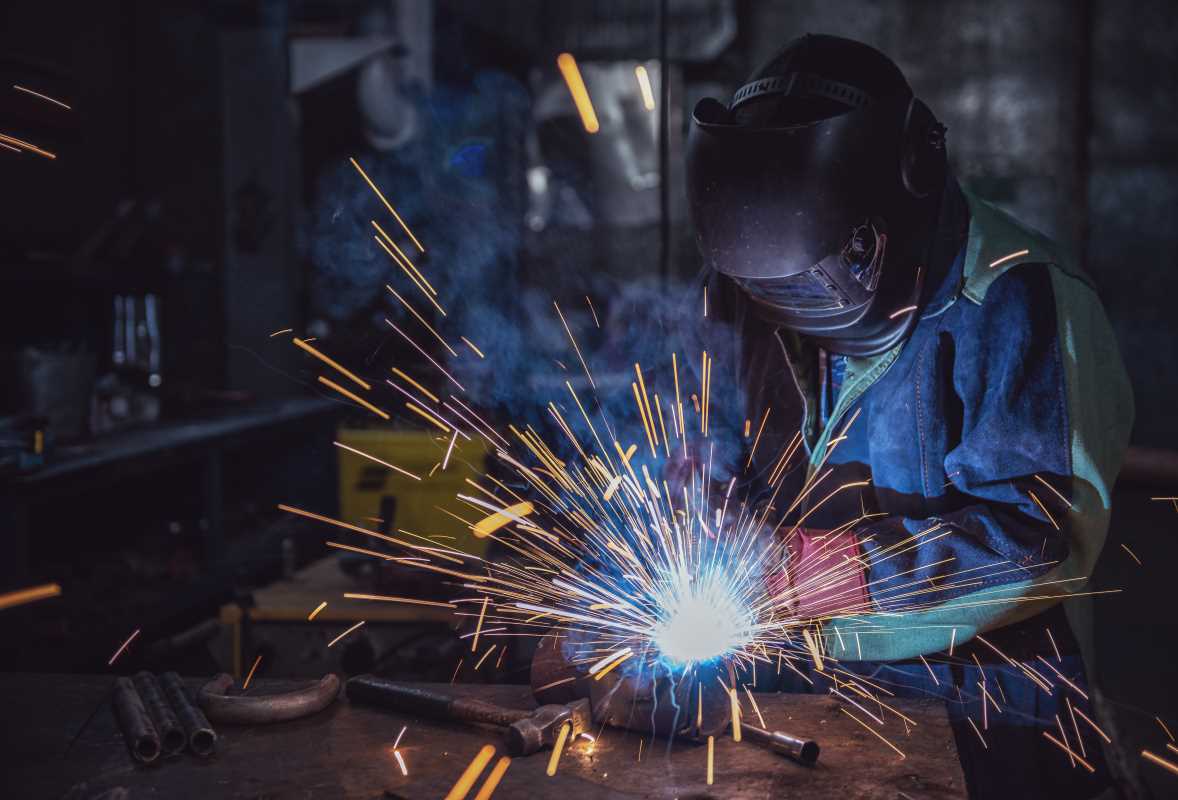Technology is changing our world faster than ever before. Not too long ago, the idea of a phone that could recognize your face or a car that could drive itself was pure science fiction. Now, these things are part of our daily reality. This rapid pace of innovation is creating a whole new landscape of career opportunities for people who want to be at the forefront of what’s next. Working on the cutting edge of technology means you get to be part of building the future, today. It’s a world filled with constant learning, creative problem-solving, and the excitement of turning bold ideas into real-world applications. If you're someone who gets excited by new gadgets, groundbreaking discoveries, and the question "what if?", then a career in one of these forward-thinking fields might be your perfect path.
Artificial Intelligence and Machine Learning
Artificial intelligence (AI) is one of the most transformative technologies of our time. It's the science of making computers think and learn like humans. You already interact with AI every day, from the recommendation engine that suggests what to watch next on a streaming service to the voice assistant on your phone. Machine learning (ML) is a subset of AI where systems learn from data to make predictions and decisions without being explicitly programmed.
Careers in this field are incredibly diverse. An AI/ML Engineer designs and builds these intelligent systems. They might create algorithms that help doctors diagnose diseases more accurately or develop sophisticated models that power self-driving cars. A Data Scientist is another key role. They are the experts who gather, clean, and analyze huge datasets to "train" the AI models. They find patterns in the data that allow the machine to learn. This field requires a strong foundation in math, statistics, and programming, but it’s also highly creative. You’re essentially teaching a machine to think, which is a powerful and fascinating challenge.
Virtual and Augmented Reality
Virtual reality (VR) immerses you in a completely digital world, while augmented reality (AR) overlays digital information onto your real-world view. Think of a VR headset for gaming or AR glasses that show you directions as you walk down the street. These technologies are no longer just for entertainment; they are changing how we learn, work, and connect.
A career as a VR/AR Developer puts you at the center of building these new experiences. You could be designing a realistic surgical simulation to train doctors, creating an interactive museum exhibit that brings history to life, or developing a collaborative virtual workspace where people can meet and brainstorm from anywhere in the world. This work combines technical skill with artistic vision. It involves 3D modeling, game engine development (like Unity or Unreal Engine), and a deep understanding of user experience. You're not just writing code; you're building entire worlds and shaping how people will interact with information in the future.
Biotechnology and Genomics
Biotechnology is a field that uses living organisms and biological systems to create new products and technologies. It's where biology, chemistry, and technology intersect. A closely related area is genomics, which is the study of a person's complete set of DNA. Together, these fields are revolutionizing medicine and healthcare, leading to personalized treatments and cures for diseases that were once considered untreatable.
Professionals in biotechnology work on incredible projects. A Genetic Engineer might modify the genes of a crop to make it more resistant to drought, helping to solve food shortages. A Bioinformatics Scientist uses powerful computers to analyze massive amounts of genetic data, looking for links between specific genes and diseases like cancer or Alzheimer's. This could lead to new drugs tailored to a person's unique genetic makeup. These careers require a strong background in biology and science, but they also rely heavily on data analysis and computational skills. It’s a chance to work on solving some of humanity's biggest health challenges.
3D Printing and Advanced Robotics
The way we make things is undergoing a massive transformation, thanks to technologies like 3D printing and advanced robotics. 3D printing, also known as additive manufacturing, builds objects layer by layer from a digital file. It allows for the rapid creation of complex designs, from custom medical implants to prototype parts for rockets. Advanced robotics involves creating smart robots that can work alongside humans, performing tasks with precision and efficiency.
A career in this area is all about building the factories of the future. A 3D Printing Technician might operate and maintain these sophisticated machines, helping engineers and designers bring their creations to life. A Robotics Engineer designs, builds, and programs the robots that are changing industries. They might develop robots for automated warehouses, surgical assistants for operating rooms, or collaborative bots that help workers on an assembly line. These jobs are hands-on and combine mechanical engineering, electrical engineering, and computer science. It’s a field where you can physically see the results of your work and contribute to a new era of manufacturing.
 (Image via
(Image via





